Vegans and those with egg allergies may think that certain foods are off limits, but thanks to egg substitutes, you can still enjoy things like cakes, breads, and other baked goods. These helpful websites are full of tips for using egg substitutes to help you create egg-free dishes that taste just as good as the originals.
PETA
Though this website is tailored toward vegans, its tips are helpful for anyone who wants to remove eggs from their diet. The Egg Replacements page features information about all of the different types of egg substitutes, including silken tofu, potato starch, ground flax seed, and canned pumpkin. There’s also a list full of tips about egg substitutions.
The Kitchn
The Kitchn’s Vegan Egg Substitutes page helps you to choose the perfect egg substitute for any dish. It offers full descriptions of everything from tofu to applesauce, and it also provides information about the best brands of commercial egg replacers.
About.com
The vegetarian section of About.com is a wonderful resource to learn more about egg substitutes. It answers readers’ most pressing questions about cooking without eggs, and it also describes which egg substitutes work best in different types of recipes.


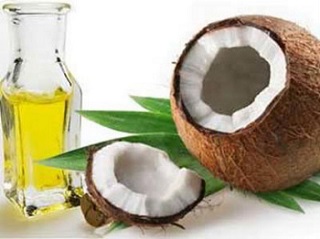
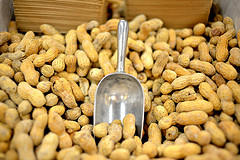

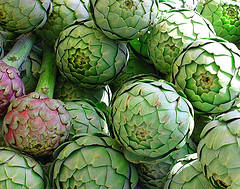
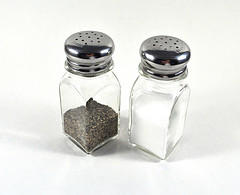
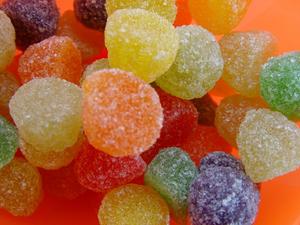
 Equal Housing Opportunity
Equal Housing Opportunity